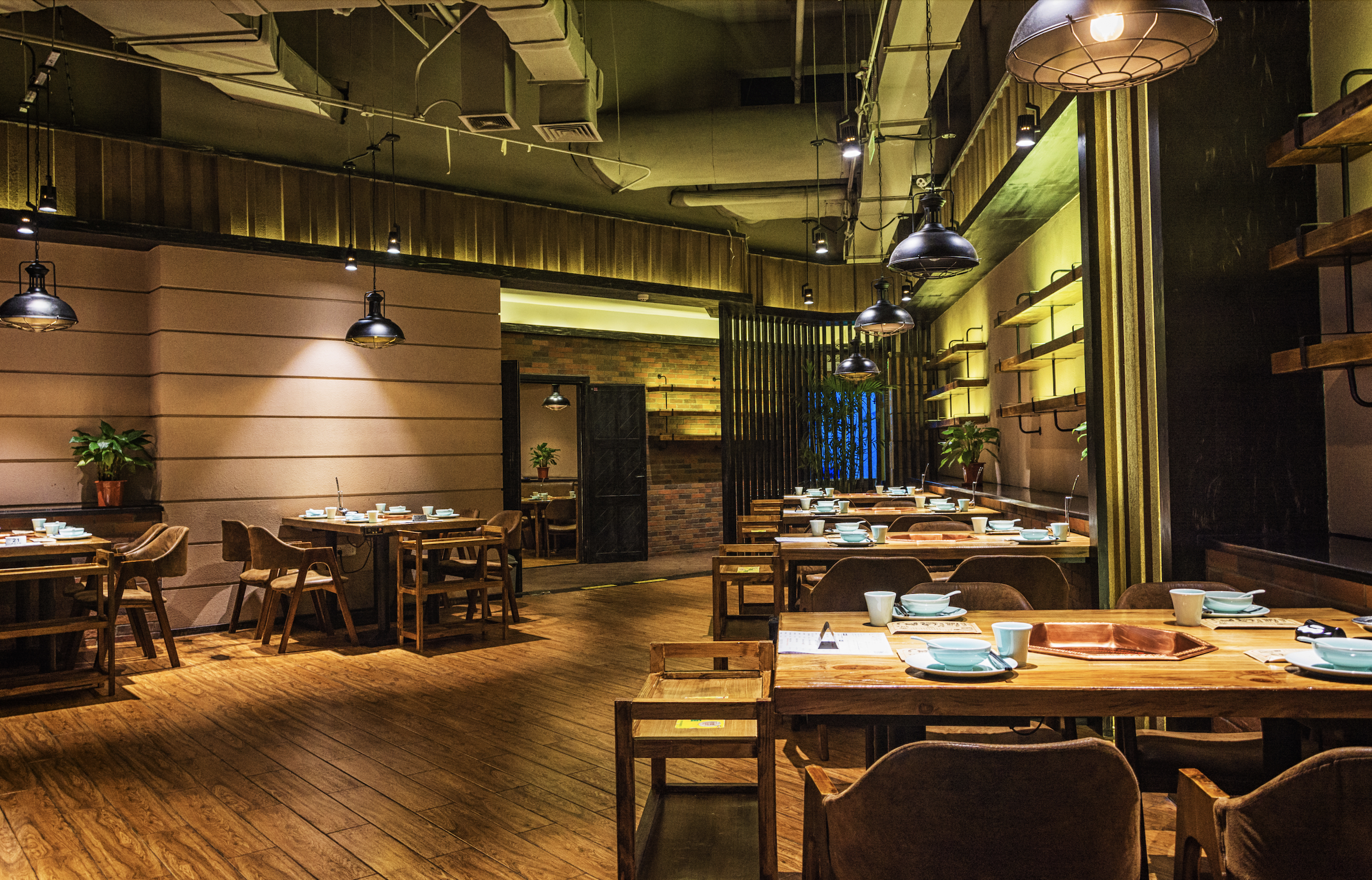India’s food industry is booming — from quick-service cafés to fine dining restaurants, the opportunities are endless. But while passion for food can spark the idea, success in the restaurant business requires planning, documentation, marketing, and strong branding.
In this guide, we’ll break down everything you need to know — from the legal requirements to digital marketing strategies that can help your restaurant thrive.
1. Understanding the Restaurant Industry in India
The Indian restaurant industry is expected to cross ₹5 lakh crore by 2028, driven by urbanization, disposable income, and a growing culture of dining out. However, competition is fierce — only restaurants with the right mix of concept, quality, and marketing survive long term.
Before jumping in, decide:
- What type of restaurant you want to open — casual dining, fine dining, café, food truck, or cloud kitchen.
- Who your target audience is.
- What your unique selling proposition (USP) will be — cuisine, experience, or pricing.
2. Documents Required to Start a Restaurant in India
To operate legally, you’ll need to register your restaurant and acquire specific licenses and permits. Here’s the essential checklist:
✅ Business Registration
Register your restaurant as:
- Proprietorship
- Partnership firm
- LLP (Limited Liability Partnership)
- Pvt. Ltd. Company
You can register through the MCA (Ministry of Corporate Affairs) website or consult a CA.
✅ FSSAI License
The Food Safety and Standards Authority of India (FSSAI) license ensures your restaurant meets hygiene and safety standards.
- Apply online at foscos.fssai.gov.in
- Valid for 1 to 5 years
✅ Health/Trade License
Issued by your local Municipal Corporation. It certifies your establishment’s health and safety standards.
✅ Fire Safety NOC
Mandatory from the local fire department after installing fire safety equipment.
✅ Shop and Establishment Act License
Register your restaurant under your state’s local labor department.
✅ GST Registration
Required for tax compliance and to issue GST bills to customers. Apply via – www.gst.gov.in
✅ Liquor License (if applicable)
If you plan to serve alcohol, obtain this from the Excise Department.
✅ Music License
Required if you plan to play background music or host live events.
3. Setting Up Your Restaurant
a. Location
Choose a location with good footfall and easy accessibility. Malls, markets, and near colleges or offices are prime spots.
b. Interior & Ambience
Your ambience should match your theme. Lighting, furniture, and decor play a huge role in attracting customers.
c. Menu Planning
Create a menu that resonates with your target audience and ensures profitability. Keep a balance of popular and experimental dishes.
d. Staffing
Hire trained chefs, servers, and management staff who can deliver excellent customer experiences.
4. Marketing and Branding: The Key to Restaurant Growth
A great restaurant isn’t just about food — it’s also about how you position your brand and connect with customers.
a. Brand Identity
- Create a memorable logo, tagline, and visual theme.
- Build your story — what makes your restaurant unique?
b. Local Marketing
- Partner with food delivery apps like Swiggy, Zomato, and Magicpin.
- Run local print ads or community event sponsorships.
c. Customer Experience
Encourage customers to leave reviews on Google My Business and social media. Positive reviews enhance trust and visibility.
5. The Role of Digital Marketing in Restaurant Success
In 2025, digital presence is the new word-of-mouth. Whether you’re launching a café or a multi-outlet chain, digital marketing can multiply your visibility and sales.
Here’s how:
1. Social Media Marketing
Use platforms like Instagram, Facebook, and YouTube to showcase your dishes, ambience, and chef stories.
Posting reels of food prep, customer reactions, or behind-the-scenes clips can go viral and build a loyal following.
2. SEO (Search Engine Optimization)
Optimize your website for local search terms like “best restaurants near me” or “family restaurant in [city name].”
SEO ensures customers find you before your competitors.
3. Google My Business Optimization
Keep your GMB profile updated with menus, images, offers, and reviews. It’s one of the top sources for walk-in customers.
4. Paid Advertising
Run Google Ads and Meta Ads to target local food lovers within a 5–10 km radius.
Use visuals of your dishes, offers, and ambiance to attract attention.
5. Influencer Collaborations
Partner with food bloggers and influencers who can review your restaurant and increase your brand credibility.
6. How Picasso Multimedia Can Help
At Picasso Multimedia, we specialize in helping restaurant brands create a strong digital footprint — from website design and logo creation to full-scale marketing campaigns.
We understand the Indian F&B market and design tailored strategies that include:
- Social Media Management
- Restaurant Branding & Visual Identity
- Google & Meta Ad Campaigns
- SEO for Local Restaurants
- Review & Reputation Management
If you’re planning to start or grow your restaurant business, reach out to Picasso Multimedia for a free consultation — we’ll help you stand out in this competitive industry.
7. Common Mistakes to Avoid
- Ignoring local audience preferences
- Overpricing dishes without analyzing competitors
- Neglecting social media or poor online reputation management
- Not tracking customer feedback
Conclusion
Starting a restaurant business in India is exciting — but to make it successful, you must blend passion with smart planning. Get your licenses, create a strong brand, and use digital marketing strategically to drive visibility and footfall.
With agencies like Picasso Multimedia, you can focus on your food while experts handle your online presence, helping you grow faster and smarter.


